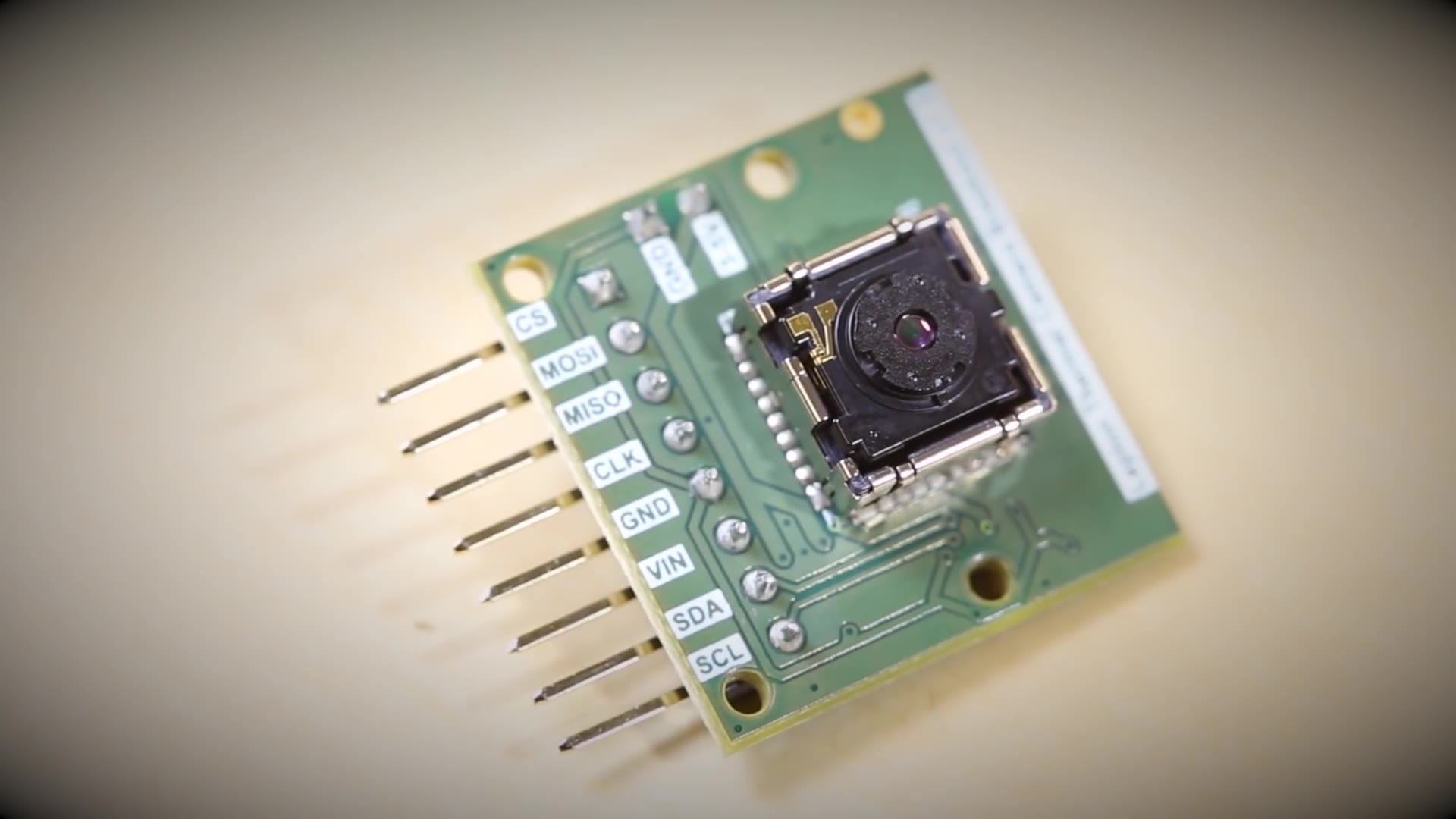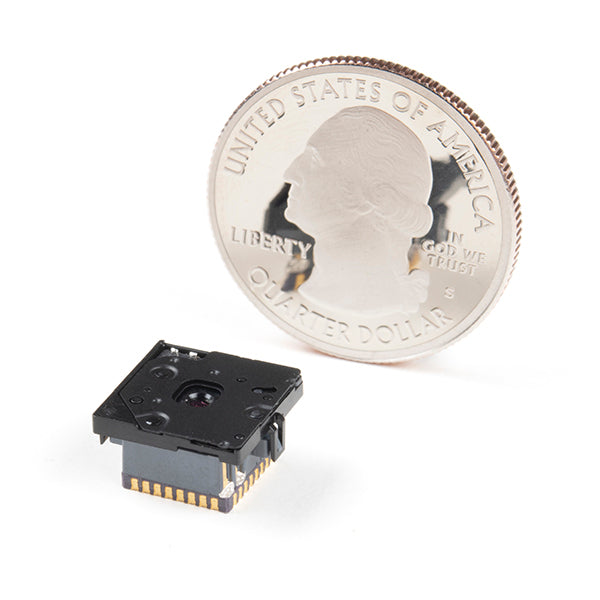
A few things to consider about this kit: the breakout board will accept a 3-5.5V input and regulate it to what the Lepton® wants, to read an image from the lepton module all you need is an SPI port, and to configure the camera settings you also need an I 2C port, although this is not required. Meanwhile, each breakout board in these kits provides the socket for the Lepton, on-board power supplies, 25Mhz reference clock (can be by-passed), power efficient 1.2v core voltage (can be by-passed), dual low noise LDO for 2.8V voltage (can be by-passed), 100 mil header for use in a breadboard or wiring to any host system. The Lepton 2.5 can output a factory-calibrated temperature value for all 4800 pixels in a frame irrespective of the camera temperature with an accuracy of +/-5?C. The Radiometric Lepton® LWIR module included in each Dev Kit acts as a sort of camera and packs a resolution of 80 × 60 active pixels into a camera body that is smaller than a dime and captures infrared radiation input in its nominal response wavelength band (from 8 to 14 microns) and outputs a uniform thermal image.
#Lepton flir sparkfun full#
All you need to do to get this kit set up, simply attach the Lepton® imager module into the provided breakout, connect the headers, and you will be seeing in full darkness in no time!

This kit includes a breakout as well as the Lepton® 2.5 longwave infrared (LWIR) imager. This will allow you to interface the Lepton thermal imaging sensor to a custom controller and add thermal imaging capabilities to a project you are working on such as a robot or a drone for example.Do you see what we see? With the FLIR Radiometric Lepton® Dev Kit v2 you will be able to bring FLIR's thermal imaging reliability and power to your Arduino, Raspberry Pi, or any ARM based development tool all in an easy to access breadboard friendly package. There is a GroupGet campaign for the FLIR Lepton Thermal Camera Core currently running that can help you get a single or a few units for $207.60 USD each and you can also get a breakout board for $45 USD each. One way to do so is to buy a FLIR ONE disassemble the device and take out sensor, the alternative is to go for a group buy. But since FLIR does not sell single units separately, but takes only large orders for the sensors it is hard to get a Lepton sensor to experiment with. The DIY and hardware hacking community has already worked up on a solution to use the FLIR Leptopn sensor along with a custom developed breakout board for various projects. This is the thermal imaging sensor that is used by FLIR in their FLIR ONE thermal imaging accessory for the Apple iPhone 5 and 5S. The FLIR Lepton thermal imaging sensor is a smaller resolution (80×60 pixels) and affordable priced sensor designed for use in mobile devices providing an affordable thermal imaging capabilities.


– For more information about the SparkFun FLiR Dev Kit with Lepton and Breakout board… Note that sourcing the sensor separately and the breakout board as well you could end up with a slightly lower cost, but it could take more time or efforts to get your hands on the hardware, so the SparkFun kit can be an interesting alternative if they have it in stock.

The FLiR Dev Kit offered by SparkFun has the breakout board as well as a the Lepton longwave infrared (LWIR) imager and is available for $349.95 USD, making it easy to get everything you need to start developing your own thermal imaging projects with an Arduino, Raspberry Pi or an ARM based development tool. But you also need to get the breakout board fr the sensor developed by Pure Engineering as well. There are alternative ways in which you can get the Lepton thermal sensor such as a group buy or by purchasing a complete FLIR ONE Thermal Imaging Accessory for iPhone 5 and iPhone 5S and disassembling it to take out the sensor from it. SparkFun has made available a new interesting development kit that allows you to get your hands on a FLIR Lepton thermal imaging sensor along with a breakout board specially developed for it in a single package that you can order.


 0 kommentar(er)
0 kommentar(er)
